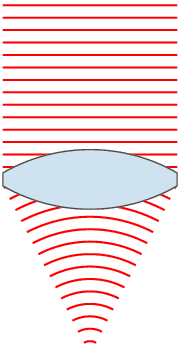Dmitri
No longer a newbie, moving up!
- Joined
- Jun 20, 2008
- Messages
- 5,882
- Reaction score
- 44
- Location
- End of the line
- Can others edit my Photos
- Photos NOT OK to edit
Bought my camera (Canon Digital Rebel XTi) about a week ago, got a decent lens (Canon EF-S 55-250mm f/4-5.6 IS) and went on a shooting spree (so to speak). I like these the best so far. They have all had some post processing done, some cropping and saturation.
After all the great photos I see from you all, I would love any criticisms you have to improve me. Thanks.
1. Bee

2. Squirrel

3. Guy in a boat

4. Flies on a Dead Fish

5. View from a Park

6. Duck at the Lake

After all the great photos I see from you all, I would love any criticisms you have to improve me. Thanks.
1. Bee

2. Squirrel

3. Guy in a boat

4. Flies on a Dead Fish

5. View from a Park

6. Duck at the Lake





![[No title]](/data/xfmg/thumbnail/31/31754-af76ae89cc75bd1855937374ff359efe.jpg?1734160476)


![[No title]](/data/xfmg/thumbnail/31/31750-f3936d67895e1ef2756eb06d7b15fe9c.jpg?1734160469)






